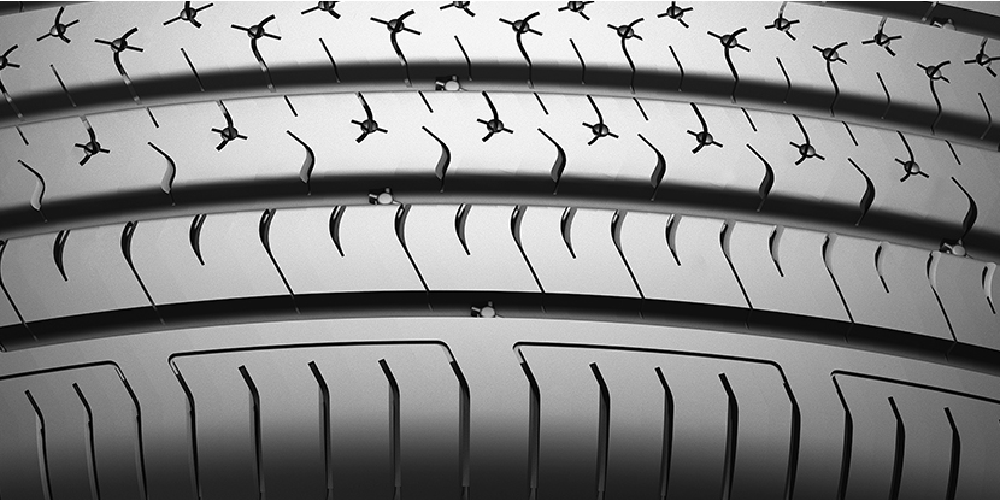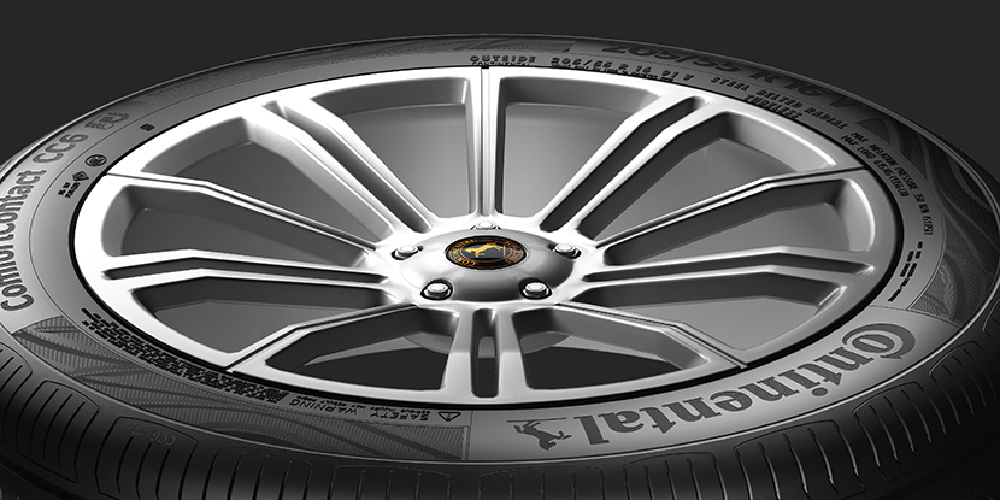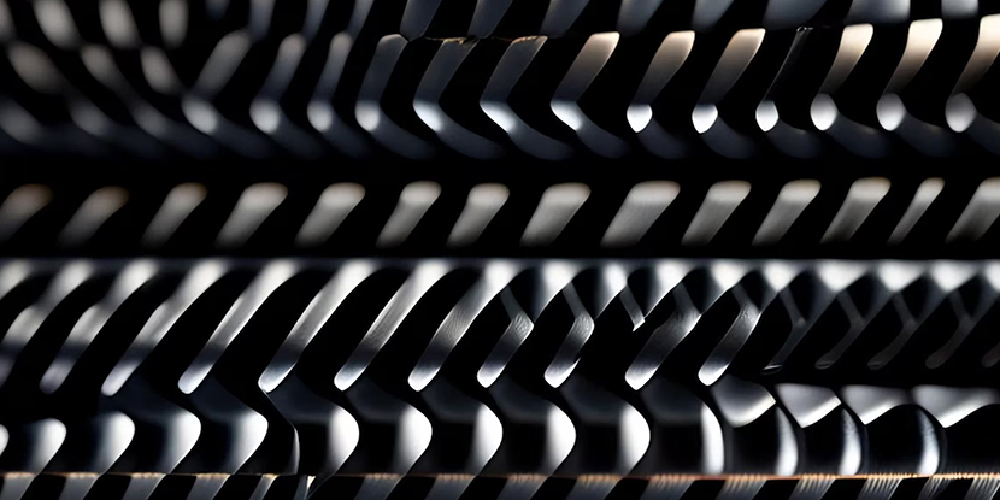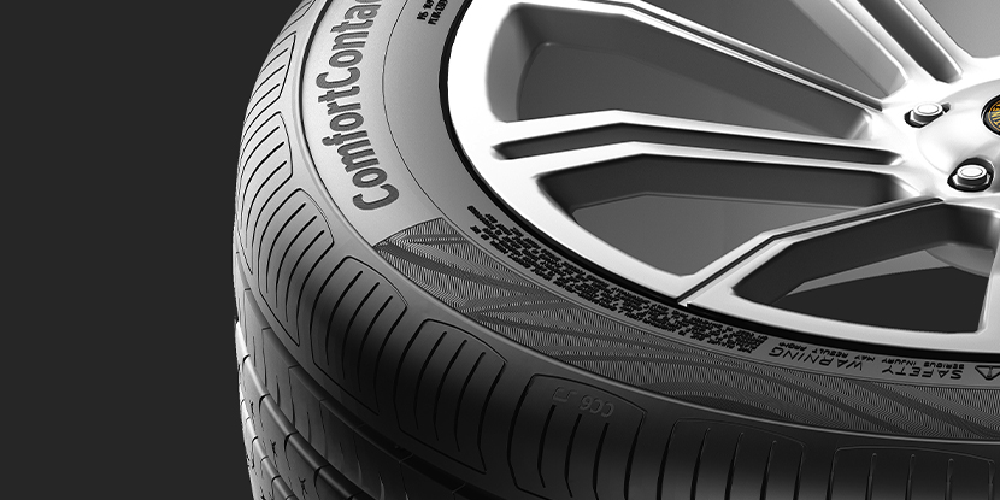Decoding the Vital Elements of Tires: Grasping Their Significance

Tires are the unsung heroes of the automotive world, bearing the weight of your vehicle and being the sole point of contact with the road. They are critical in guaranteeing your safety, enhancing performance, and ensuring a comfortable ride. Delving into the core components of tires and recognizing their significance can empower you to make well-informed decisions when selecting, upkeeping, and maximizing the lifespan of your tires. This article will take a deeper dive into the essential components of tires and elucidate their pivotal role in the overall driving experience.
Tread:

The tread, that textured surface on your tire, is its interface with the road. It's not just a random pattern; it serves numerous vital functions. The tread is your lifeline for grip and traction, whether you're driving on wet, dry, or icy surfaces. Its intricate pattern also functions as a water evacuator, significantly reducing hydroplaning risk and enhancing your safety. Keep an eagle eye on your tread depth – worn treads can seriously jeopardize grip and extend stopping distances.
Sidewalls:

Sidewalls, those vertical sections on the outer edges of your tire, aren't just there for show. They provide the structural integrity, support, and defense your tire needs. Reinforced with layers of rubber and fabric, they withstand external forces, absorb shocks, and maintain stability when you're tackling corners or maneuvering. Moreover, sidewalls bear essential information such as the tire's size, load index, speed rating, and other specifications. Regular inspections for cracks, bulges, or any damage are pivotal for your overall safety and the tire's performance.
Bead:

The bead is the unsung hero of the tire's attachment to the wheel rim. It's a bundle of high- strength steel wires embraced by rubber. This unassuming component ensures an airtight connection between the tire and the edge, preventing any sneaky air leakage and delivering stability during your journey. Adequately mounted and sealed beads are non-negotiable during tyre installation or replacement to maintain optimal tire pressure and a consistent road contact patch.
Carcass and Plies:

The carcass, or casing, serves as the foundational structure of your tyre. Composed of multiple layers of fabric cords, known as plies, made from robust materials like polyester, rayon, or nylon, they provide the strength, flexibility, and shape essential to withstand internal pressure and external forces. The number and quality of plies directly influence your tyre's load-bearing capacity, durability, and resistance to punctures. A solid carcass construction translates into a smoother ride and an extended tyre lifespan.
Belt System:

The belt system, nestled between the tread and the carcass, consists of layers of steel or synthetic cords coated with rubber. Its primary mission is to fortify the tread area, bolstering your tire's stability, handling, and steering response. Distributing contact pressure evenly across the tread surface improves traction and cornering performance. Moreover, it minimizes tread squirm, cutting rolling resistance and enhancing fuel efficiency.
Conclusion:
Tires are nothing short of engineering marvels. Their intricate composition, featuring various components, is geared towards optimal performance, safety, and longevity. The tread pattern, sidewalls, bead, carcass, plies, and belt system harmoniously collaborate to deliver traction, grip, stability, and comfort throughout your driving experience. Regular maintenance, encompassing tread depth checks, sidewall inspections, and proper tire pressure maintenance, is non-negotiable to safeguard your overall safety and maximize your tire's performance. Always remember that investing in high-quality tires and diligent tire maintenance are your steadfast companions for a smooth, safe, assertive ride.